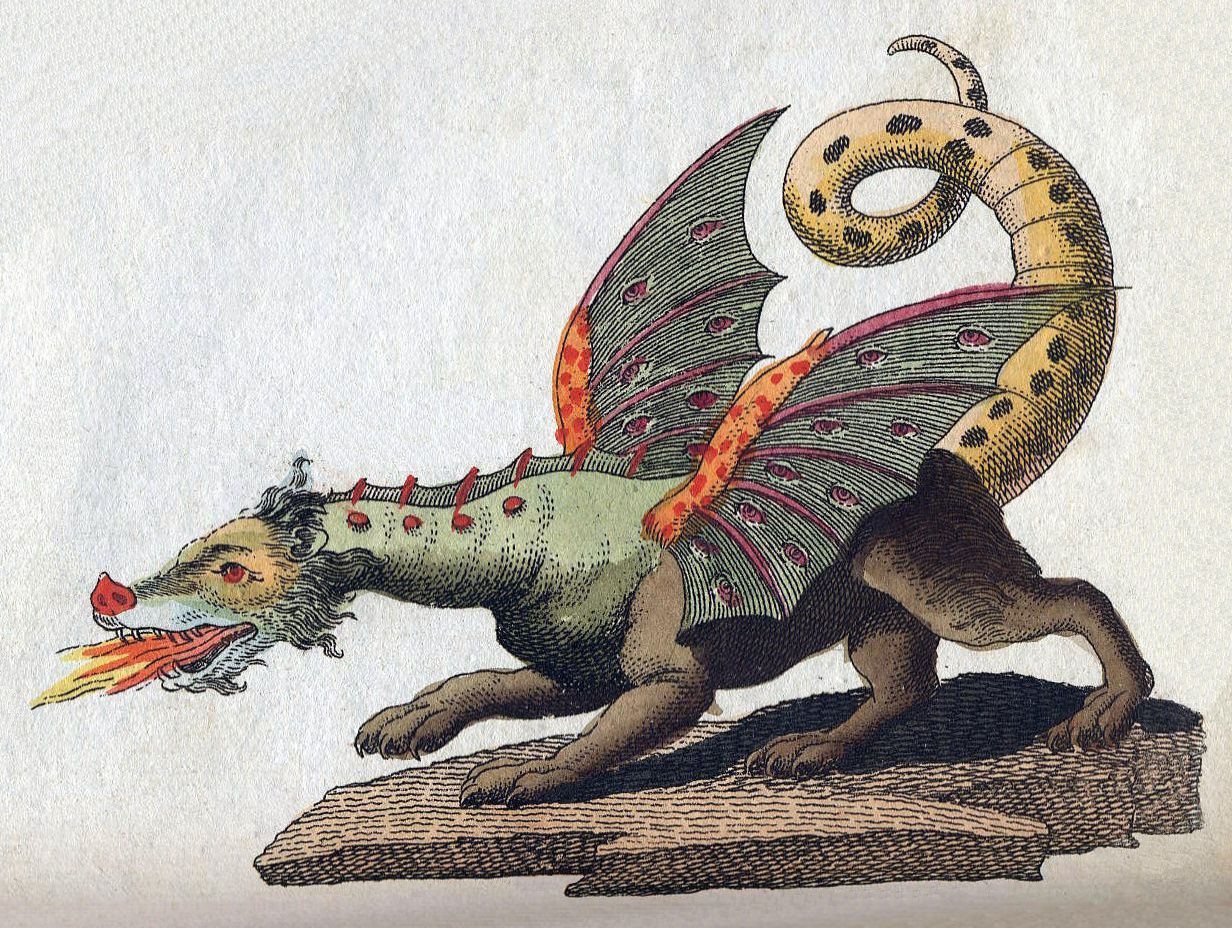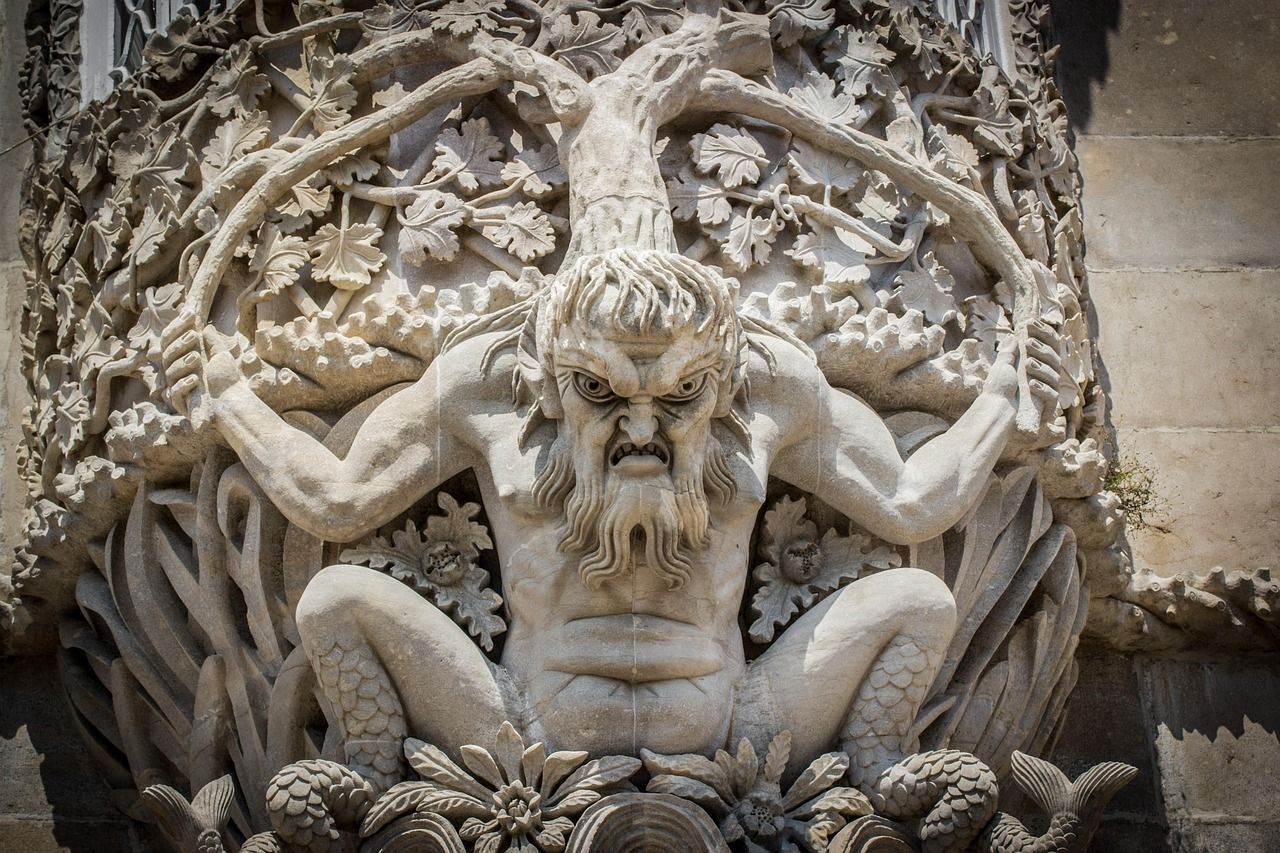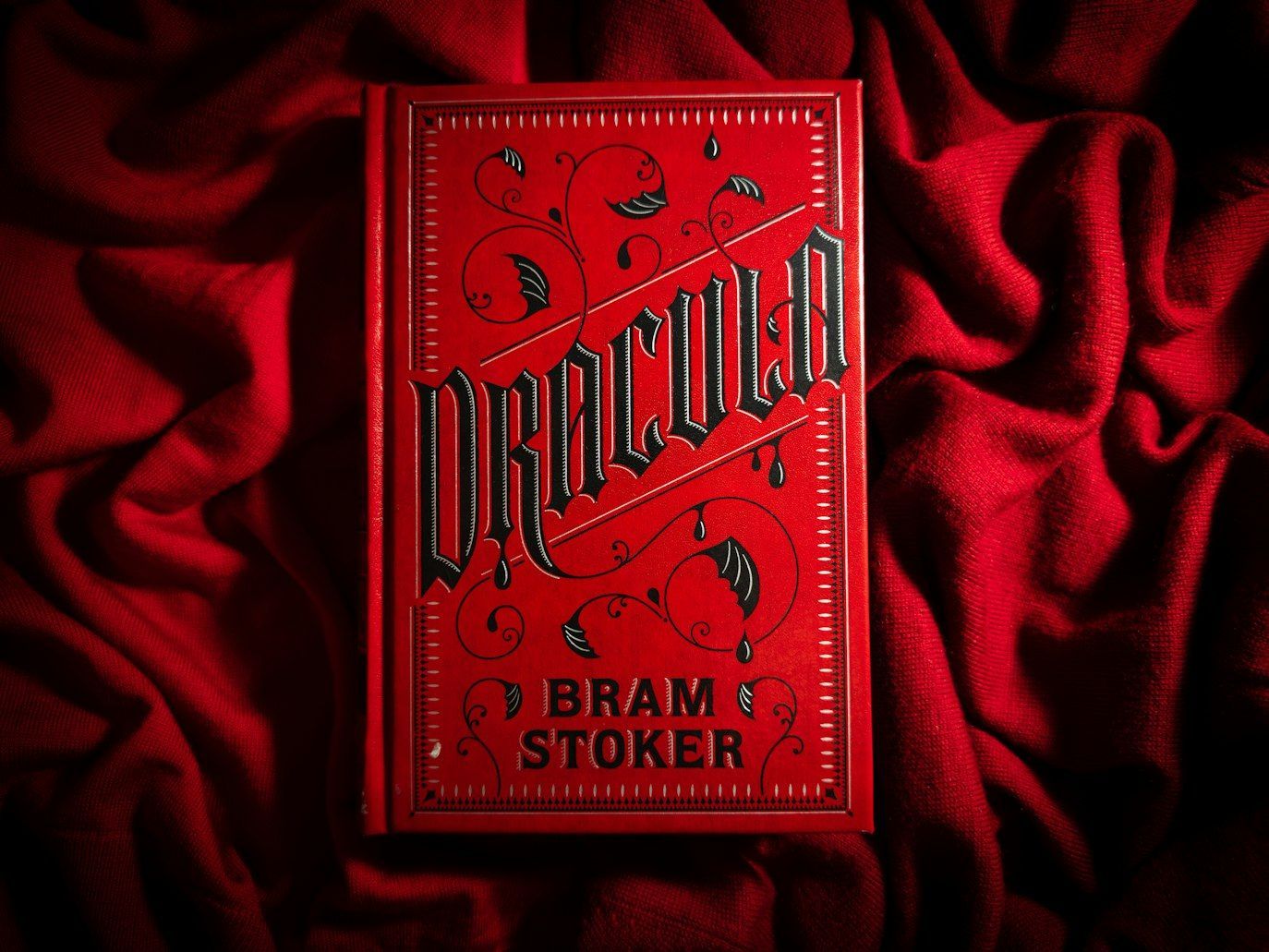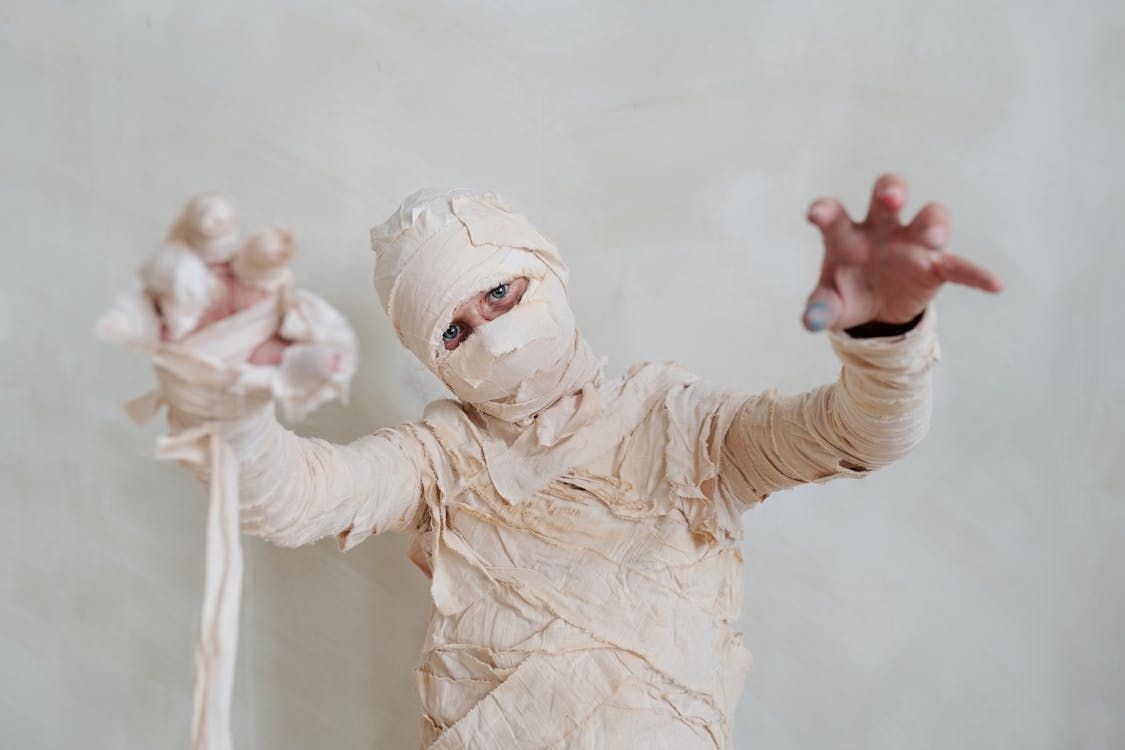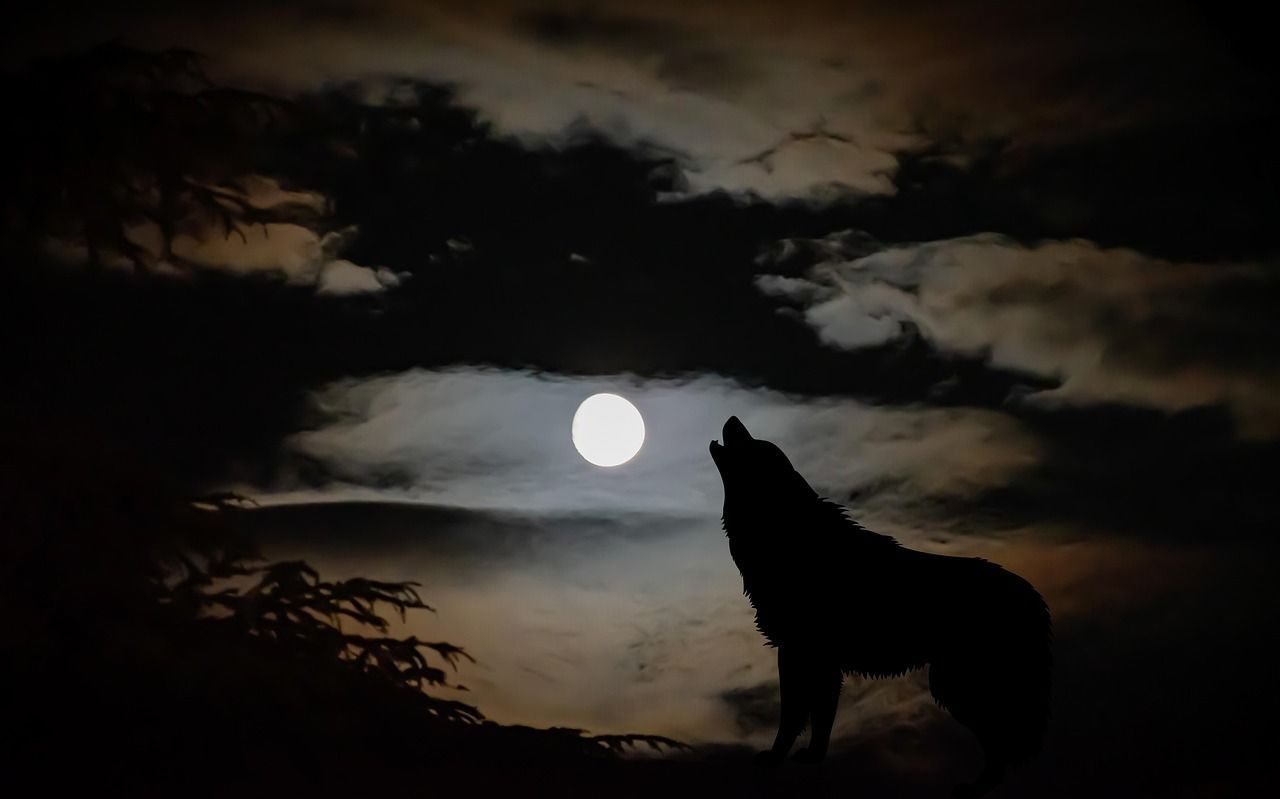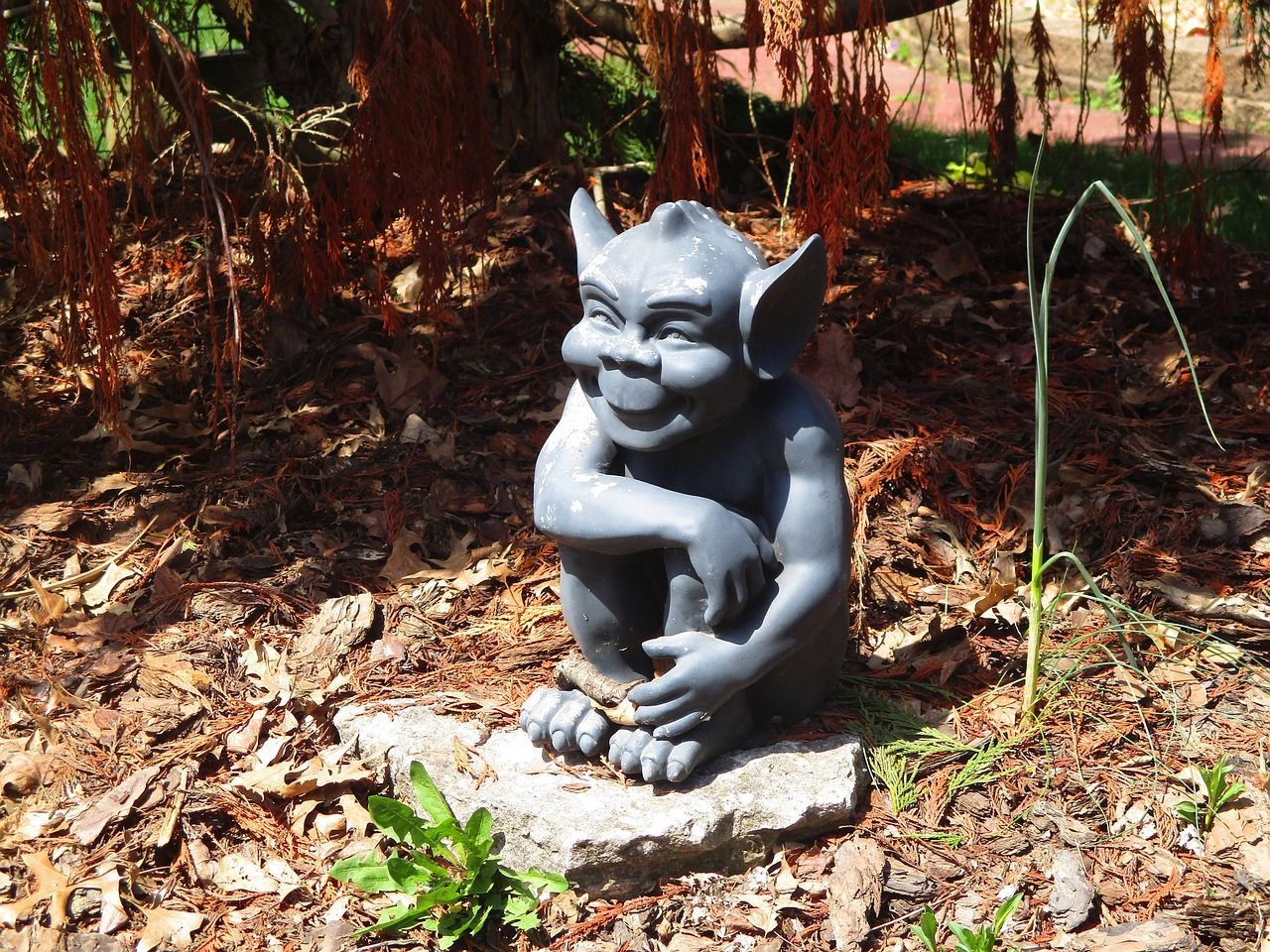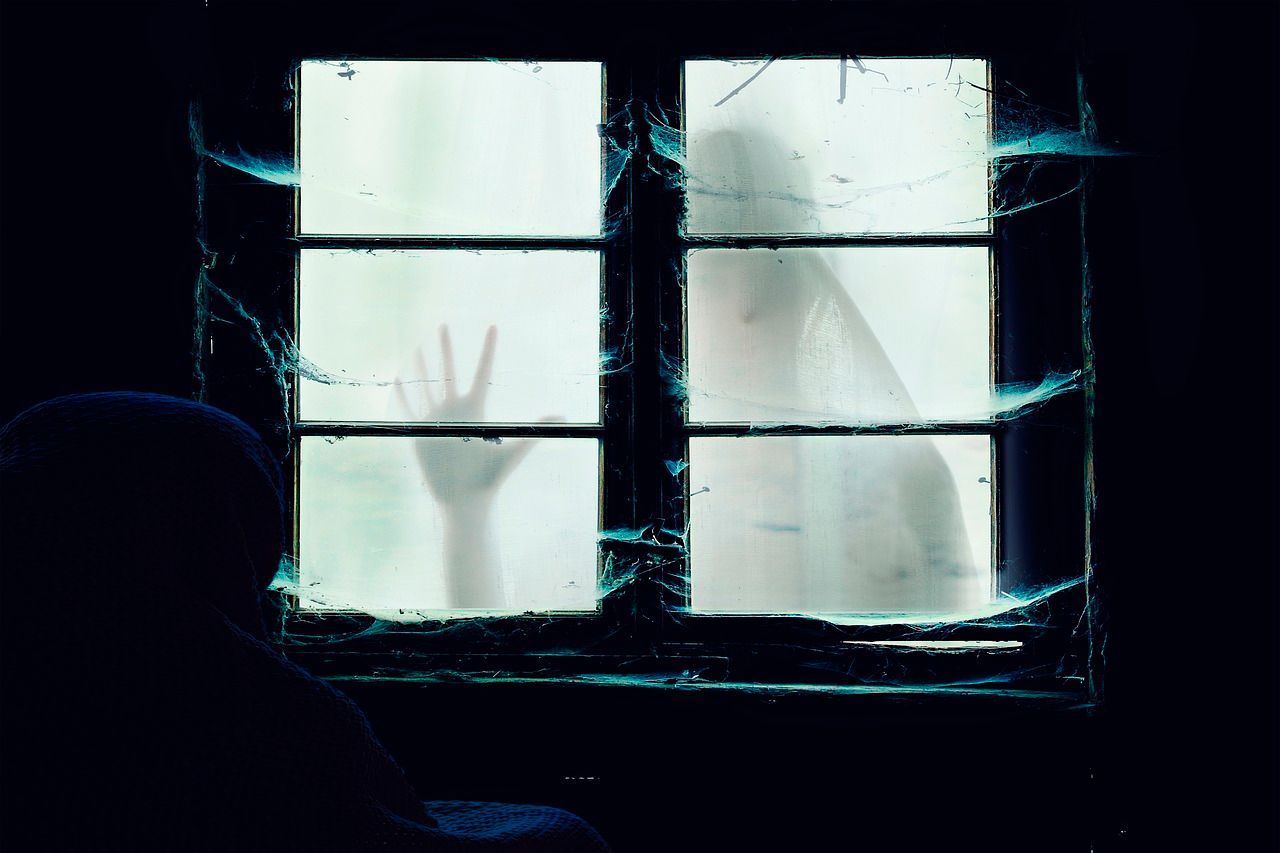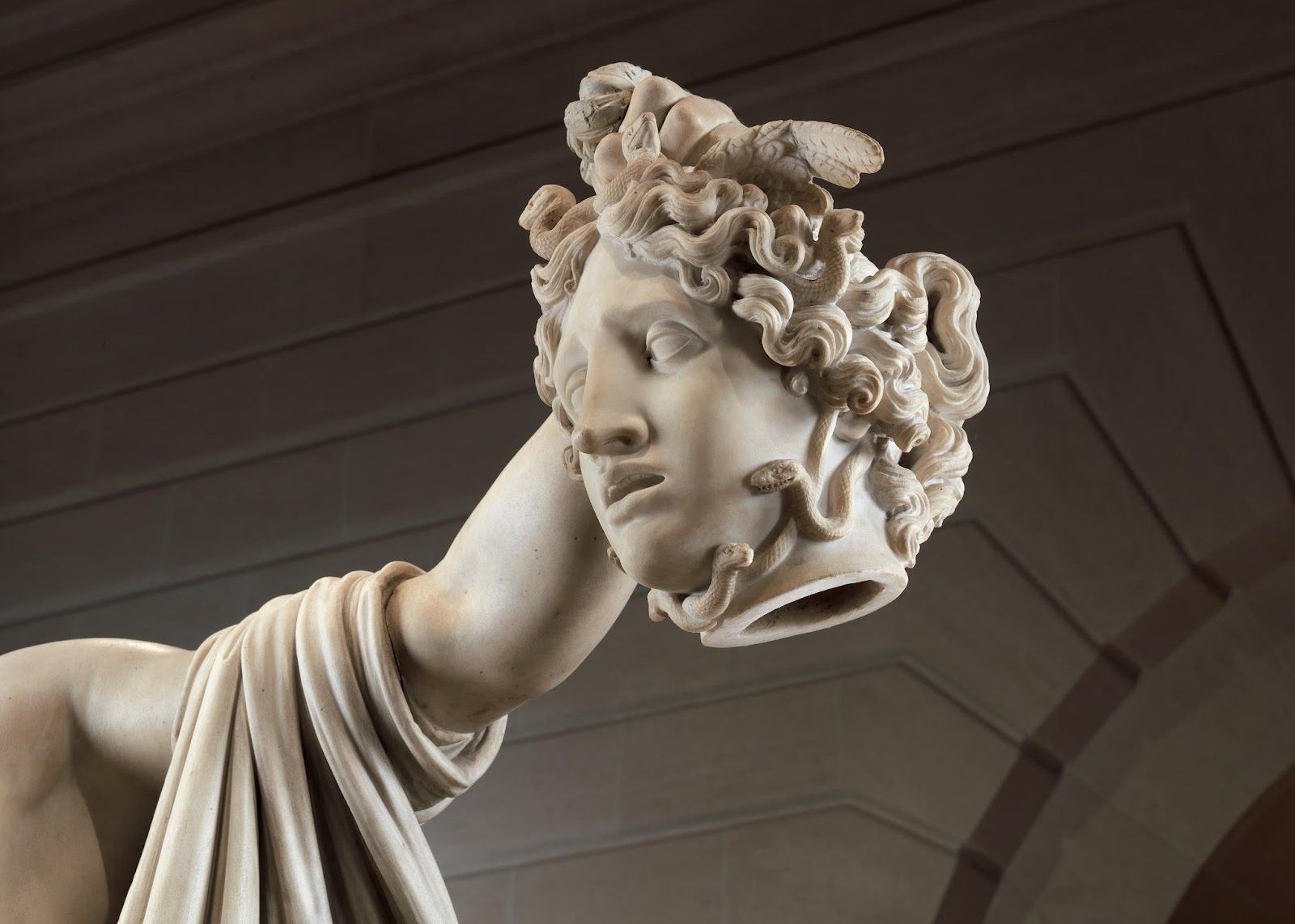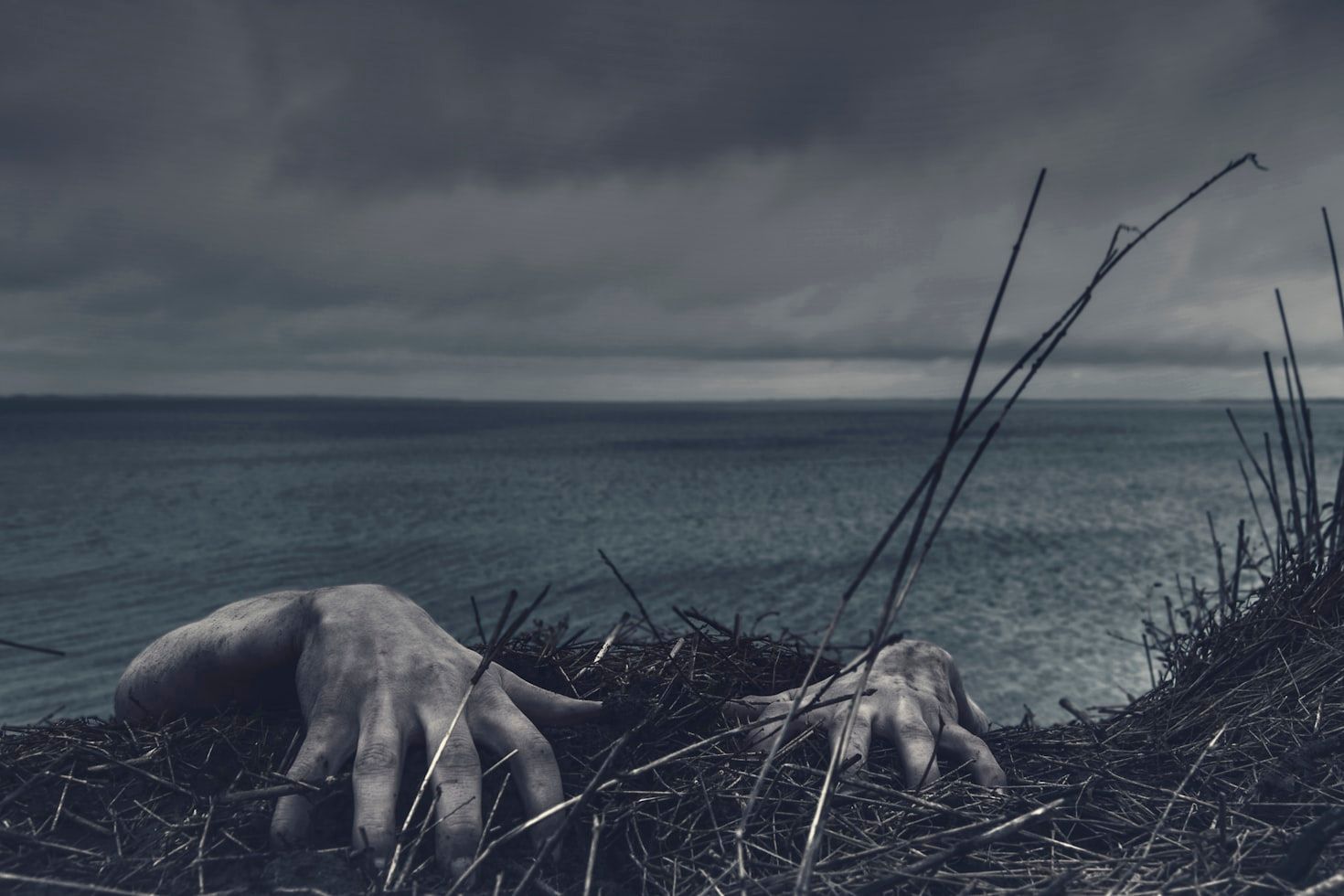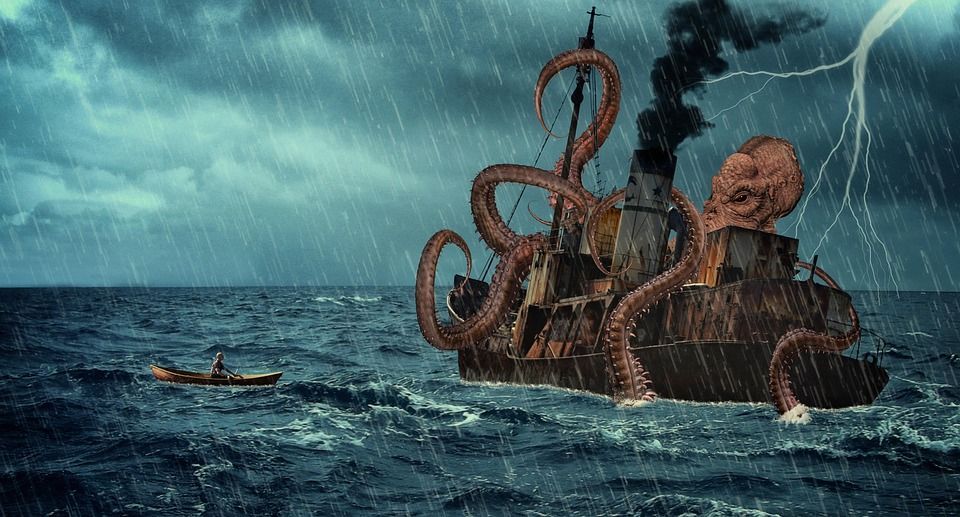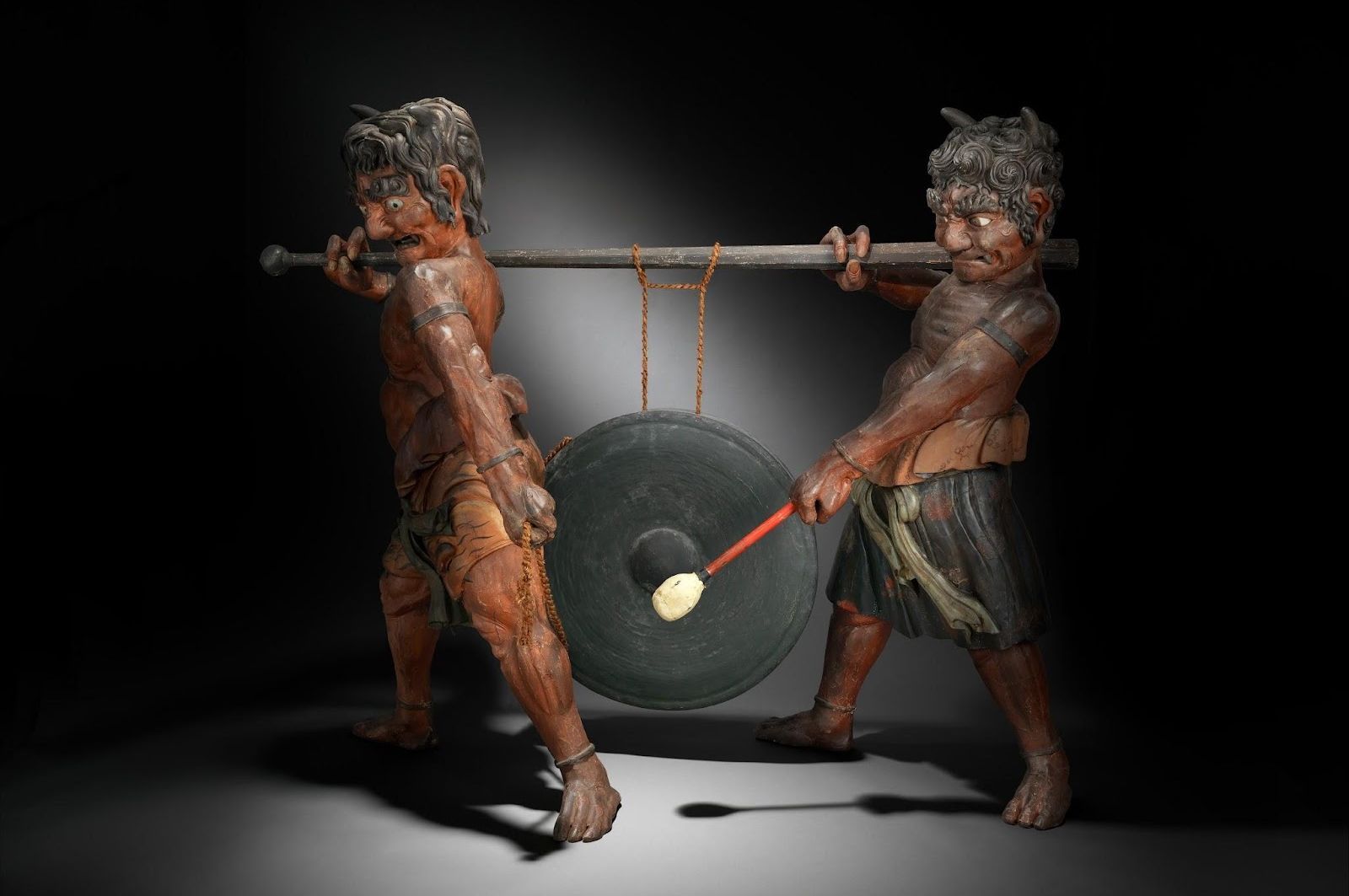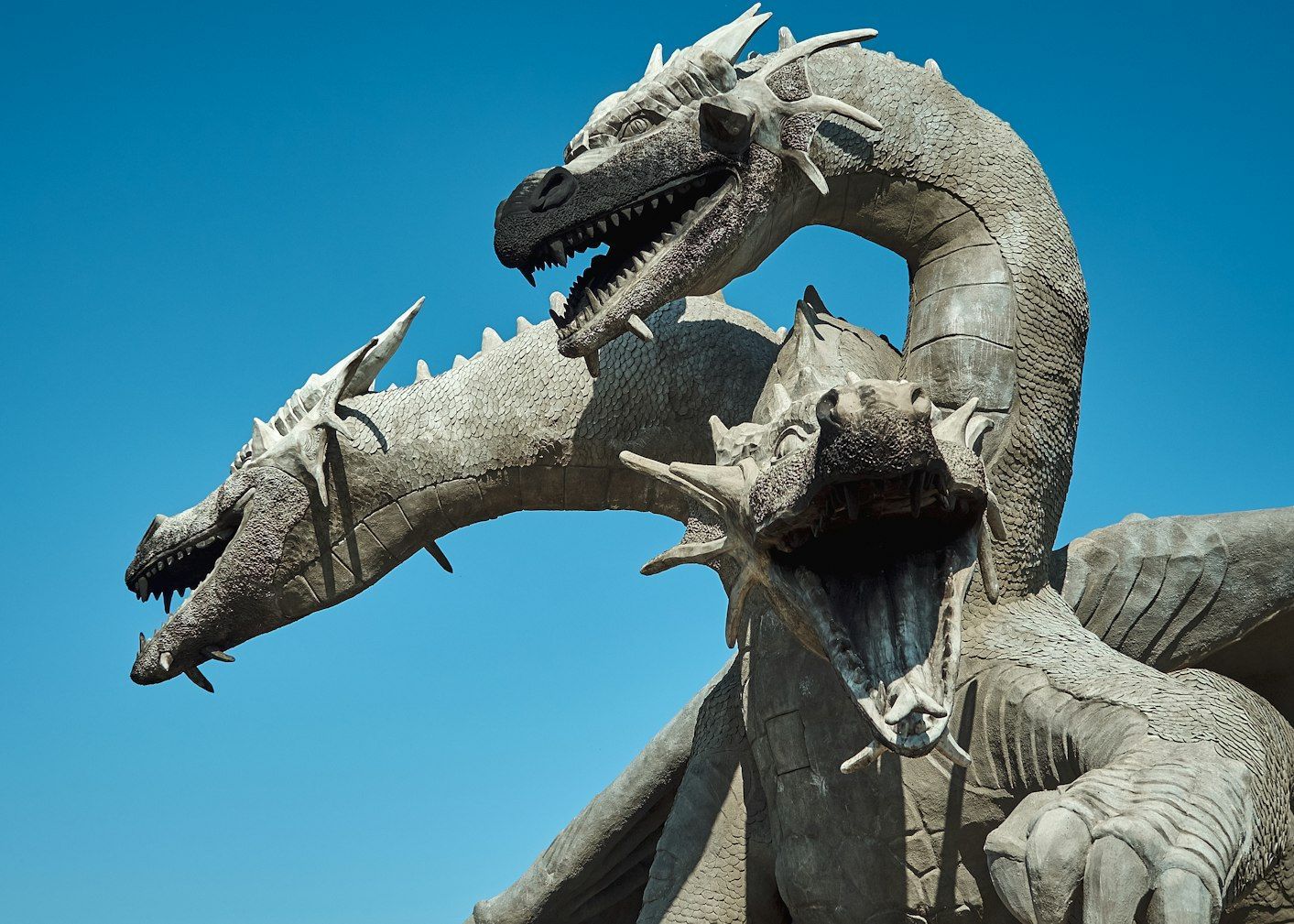Creative repurposing
Don't let it go to waste: these 12 weird artworks are worth millions
Published on September 13, 2025
 Credit: Maryam Tello
Credit: Maryam Tello
They say that creativity is all about finding opportunities where others don’t. The artists on this list must have taken that definition very literally because they all use highly unconventional media to create their work. From Post-it notes and stamps to fruit and trash, these 12 artistic visionaries are game for any kind of everyday material. Keep reading to learn more about them!
Postage stamps
 Credit: Ali Bakhtiari
Credit: Ali Bakhtiari
Is "Post Pop Art" a thing? This artist from Staffordshire, England, seems to think so! Pete Mason combines pop art and graphic design to create portraits of famous people out of recycled postage stamps. He sorts the stamps by design, color, and pattern and then applies them to a previously sketched canvas. Each of Mason’s pieces, which include portraits of Princess Diana and Martin Luther King, takes up to 20,000 stamps.
Burnt toast
 Credit: CordMediaDigitalServices
Credit: CordMediaDigitalServices
Don't throw away that burnt slice of toast; you can make art with it! Or at least that's what New Zealand artist Maurice Bennett did. Using thousands of pieces of toasted bread, burnt to varying degrees, he created billboard-sized mosaic portraits of well-known personalities, from Elvis Presley to the Mona Lisa. Bennett preferred to use white bread, but sometimes experimented with multi-grain to achieve different shades. Clever, huh?
Junk mail
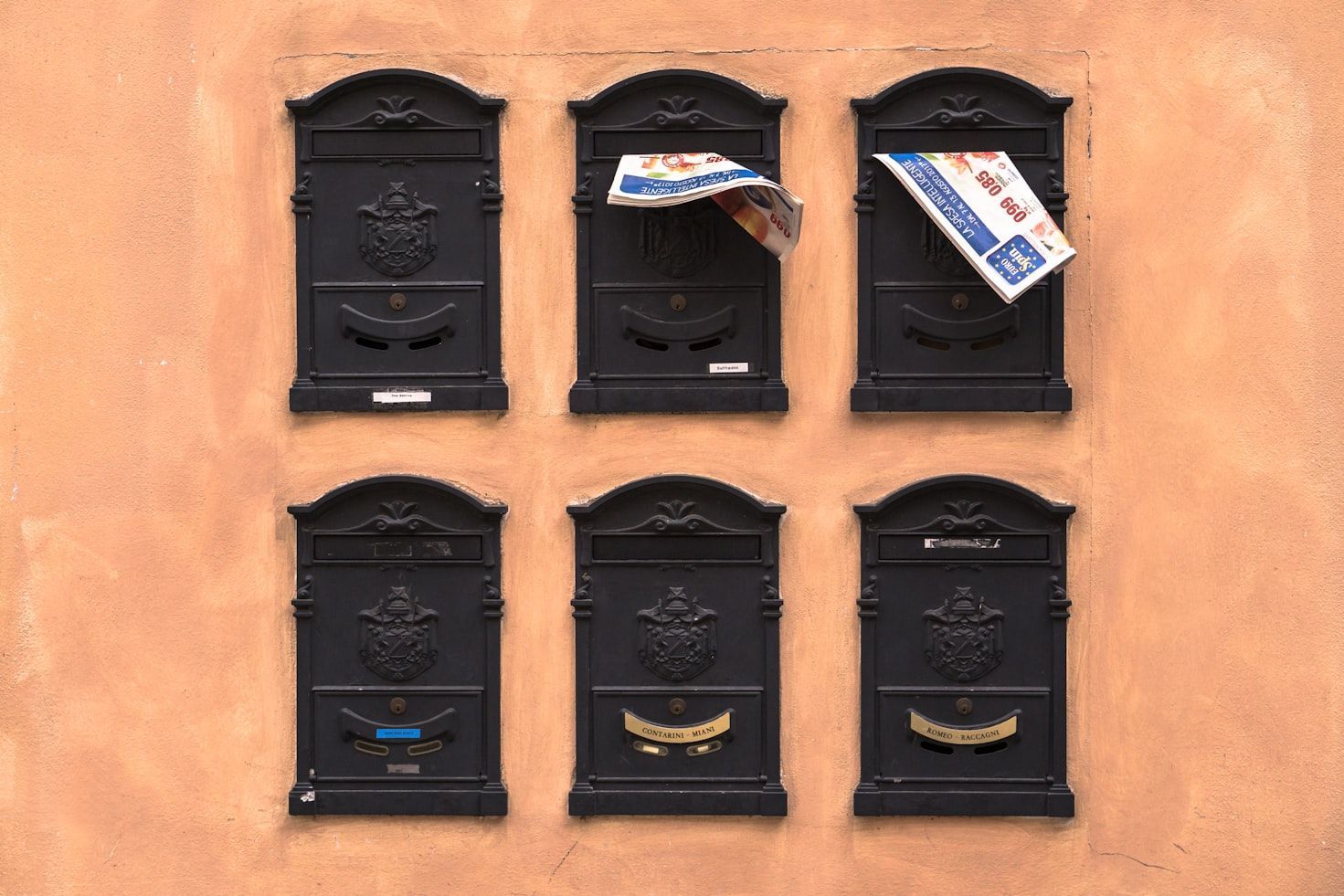 Credit: Chris Blonk
Credit: Chris Blonk
Who would have thought that junk mail could be turned into something beautiful? Well, a New York-born artist decided it was time to take action. A pioneer of the Green Fine Art movement, Sandhi Schimmel creates mosaic pictures out of all kinds of unusual materials, from junk mail to catalogs and old greeting cards. She was first inspired by a process called "upcycling," which she discovered while in Venice, Italy. Most of her artworks are portraits, like a piece featuring Madonna called "All American Blonde" and a re-creation of the famous The Birth of Venus.
Gumballs
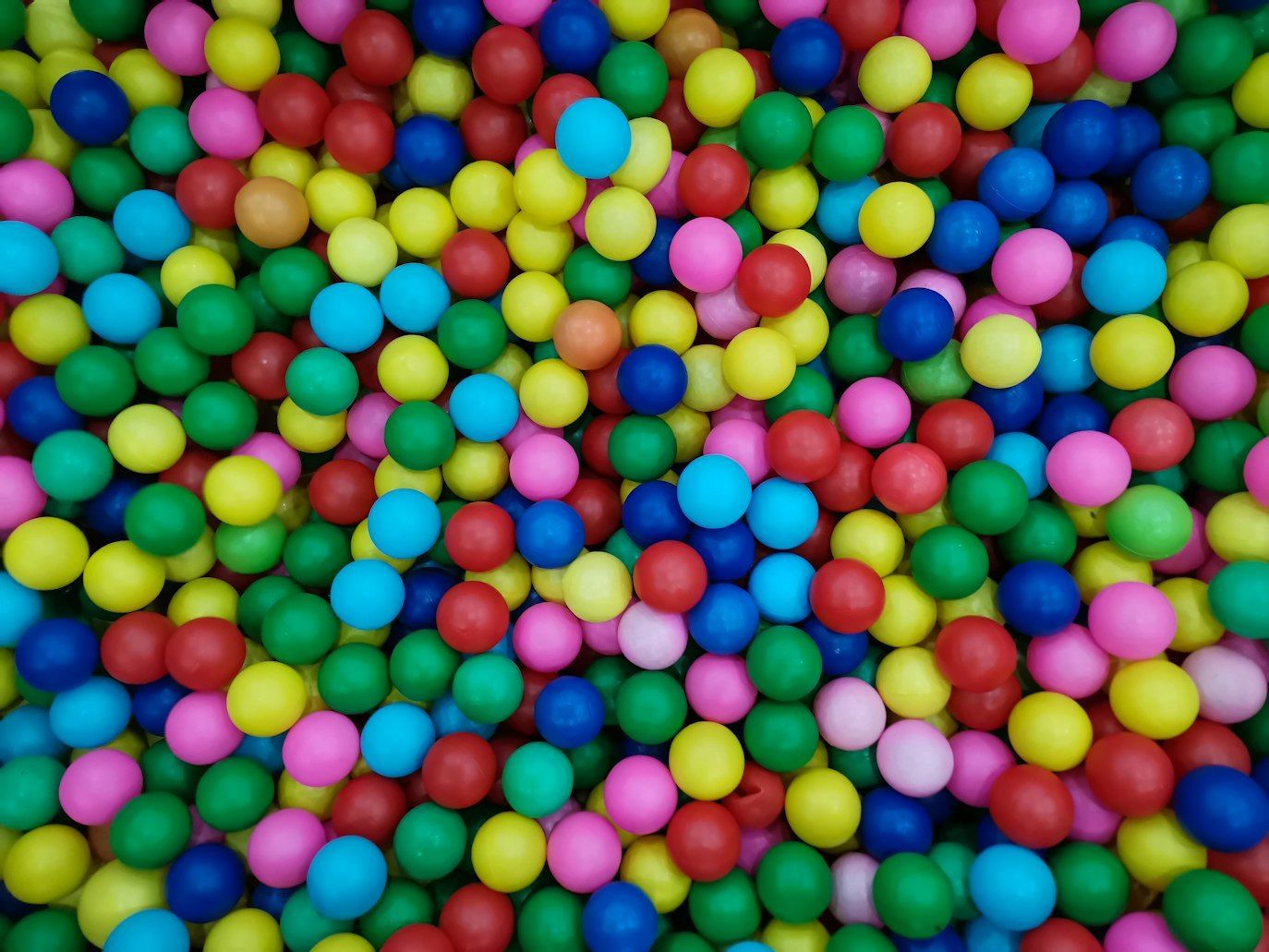 Credit: Era Saputera
Credit: Era Saputera
Franz Spohn is a multifaceted artist based in Pennsylvania. He’s a sculptor, illustrator, art professor, and even TV host! For the past 25 years, he has created over 200 mosaic murals made from plastic tubes filled with hundreds of colorful gumballs. His pieces usually portray popular icons like Barack Obama and Rosa Parks. Spohn’s masterpieces have been exhibited in several museums around the world. Talk about eye candy!
Playing cards
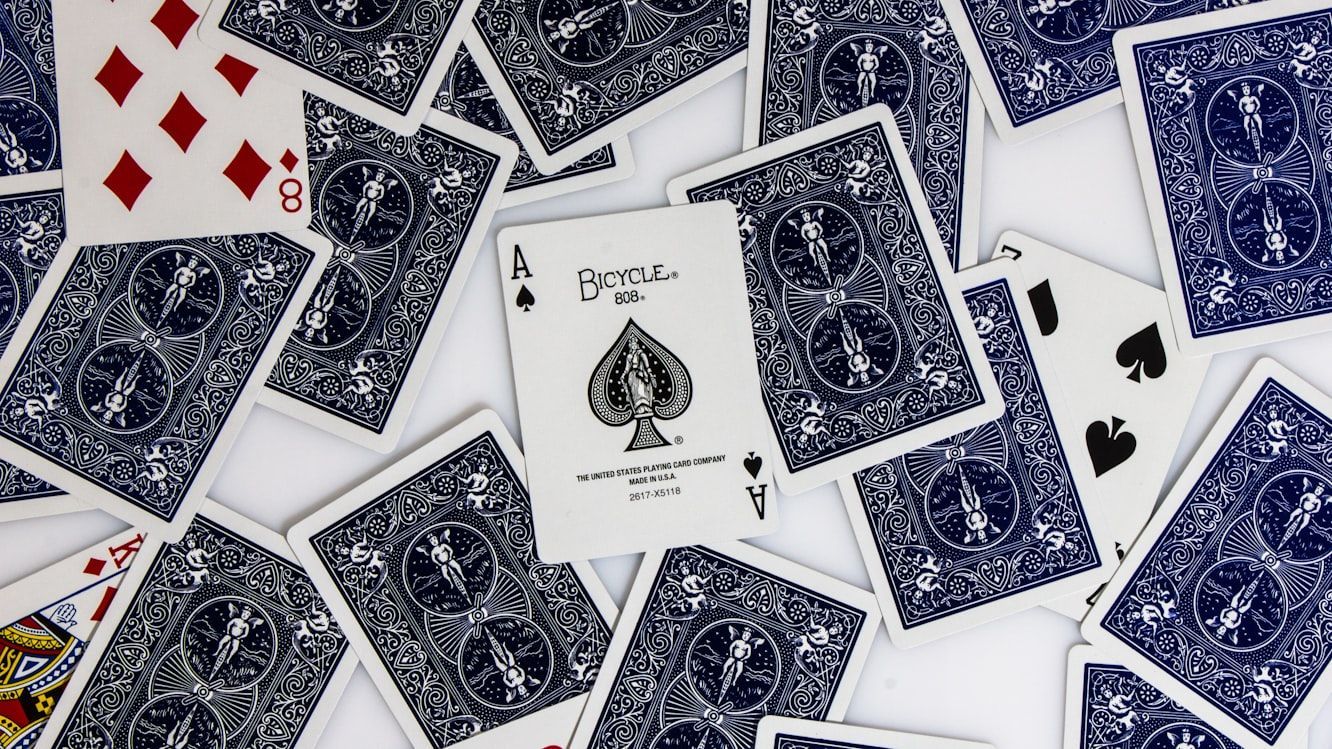 Credit: Arnór Ingi Júlíusson
Credit: Arnór Ingi Júlíusson
Who said you had to be good at drawing to be an artist? A 20-year-old art student from Leavenworth, Washington, created a 25-foot-high portrait of Jimi Hendrix made from more than 8500 Bicycle playing cards. With the help of a computer program, David Alvarez mapped and divided a picture of the great American musician into parts. After deciding where each colored playing card would go, he meticulously placed them on a styrofoam board. He completed his masterpiece in just 21 hours!
Computer parts
 Credit: Sahand Babali
Credit: Sahand Babali
Did the world need another Mona Lisa? Probably not, but this version is noteworthy because of the materials used to create it. In 2006, a group of computer engineers presented a re-creation of da Vinci's masterpiece made out of random computer parts at an art exhibition in Beijing, China. To make this collage, they used computer chips, circuits, and old motherboards. This piece of "geek art," titled "Technology Smiling," fascinated audiences. What do you think the Italian Renaissance artist would think of it?
Fruit and vegetable labels
 Credit: Georg Eiermann
Credit: Georg Eiermann
Those sticker labels that come on fruits and vegetables are sometimes so cute that you feel bad throwing them away. Barry Snyder of Erie, Colorado, probably wanted to prevent these design gems from going to waste when he came up with the idea of creating his amazing mosaic artworks. He uses around 4,000 labels for each of his four-square-foot creations. People even send him stickers from all over the world, so he doesn’t run out. His pieces are so popular that they can sell for up to $10,000. Who would have thought that something destined to become trash could be so lucrative?
Trash shadows
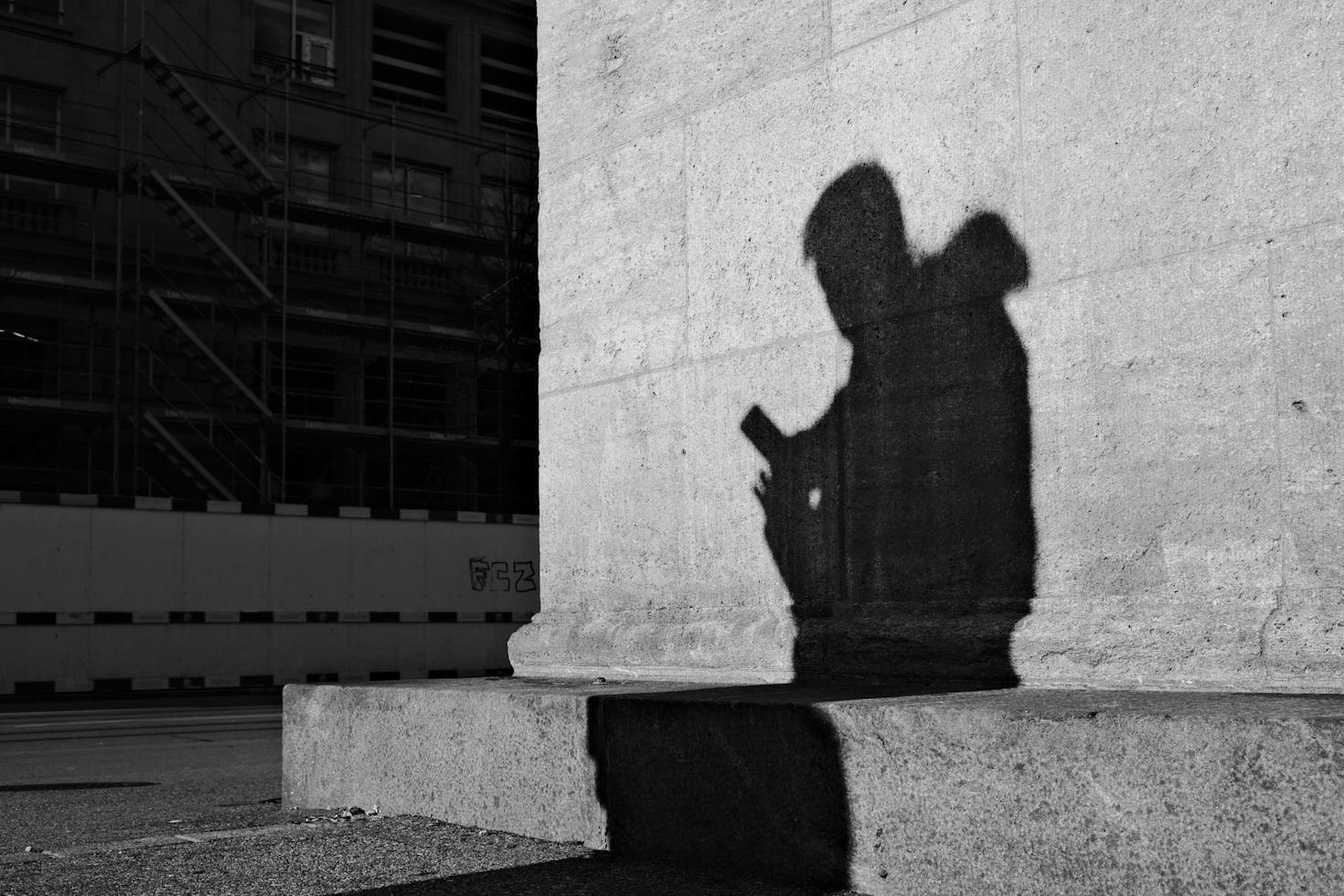 Credit: Claudio Schwarz
Credit: Claudio Schwarz
British artists Tim Noble and Sue Webster use different objects and materials, mostly trash, to create people and animal shadows. They arrange the objects in such a way that, when light is projected onto them, a recognizable silhouette can be seen on the wall. They have even managed to create identifiable portraits! For their contributions to British contemporary art, Noble and Webster received an honorary doctorate from Nottingham Trent University in 2009.
Bar codes
 Credit: Kampus Production
Credit: Kampus Production
Inspired by the Y2K computer scare in 2000, American artist Scott Blake began creating artworks out of bar codes. He started with circles and squares and soon switched to designing digital portraits of icons such as Elvis Presley, Andy Warhol, and Marilyn Monroe in Photoshop. Many of his pieces are interactive; if scanned with a cell phone, you can hear Blake’s subjects telling their stories.
Apples
 Credit: Susanne Jutzeler, suju-foto
Credit: Susanne Jutzeler, suju-foto
Since 1988, artist Helge Lundstrom and his daughter Emma Karp have been creating apple mosaics for the annual Kivik Apple Festival. Known for being an important fruit supplier in Sweden, this town celebrates the end of the harvest with these works of art as its centerpiece. Each piece is made from up to 75,000 apples of different varieties, from bright green Granny Smiths to duo-toned McIntoshes. What do you think of this juicy approach to art?
Mathematical formulas
 Credit: Michael Maasen
Credit: Michael Maasen
This particular material is as bizarre as it is abstract. Yet, it still achieves impressive results. Iranian artist Hamid Naderi generates digital images from mathematical formulas. How does he do it? He finds the mathematical equation that corresponds to each color he wants to represent in a pixel. Through his work, Naderi proves that math doesn't have to be boring; it can be a vehicle for creating art and beauty.
Post-it notes
 Credit: Kier in Sight Archives
Credit: Kier in Sight Archives
The Eisenhower Junior High School in Taylorsville, Utah, holds several world records—probably more than any other school in the country! Many of their record-breaking attempts were even featured in the Guinness World Records and Ripley’s Believe It or Not. One of its most incredible feats so far was creating the world’s largest Post-it note mosaic. In 2009, 151 students created a 60-by-40-foot work of art using 38,400 colorful sticky notes. The construction took three hours, and after the event, the Post-it notes were recycled.
